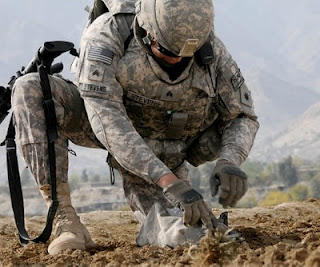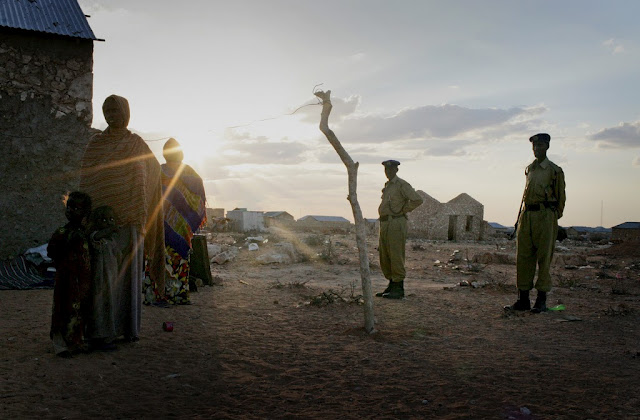-
Can Food Security Stop Terrorism?
May 28, 2010 By Schuyler NullUSAID’s “Feed the Future” initiative is being touted for its potential to help stabilize failing states and dampen simmering civil conflicts. Speaking at a packed symposium on food security hosted by the Chicago Council last week, USAID Administrator Rajiv Shah called food security “the foundation for peace and opportunity – and therefore a foundation for our own national security.”
“Famine and starvation create the conditions for extremism around the world, the same extremism our men and women in the armed forces are fighting right now in Afghanistan and Iraq and elsewhere,” said U.S. Representative Rosa DeLauro in a fiery speech. “We fight hunger and poverty and we undercut the recruiting base for those that would threaten our families.”
However, terrorism, like conflict, has multiple causes. The argument that poverty or hunger produces terrorism lacks essential complexity.
In a 2003 ECSP Report article, Carol Lancaster pointed out that few, if any, of the most prominent terrorist or insurgent organizations of the last few decades – Al Qaeda, Hamas, Hezbollah, FARC, the Tamil Tigers – are rooted in poverty and hunger or state that their ultimate goal is its elimination. These groups are driven by a myriad of specific motivations, ranging from disgust with corrupt local governments, a sense of humiliation by the West, religious fanaticism, boredom, and/or alienation, said Lancaster, but not hunger.
Resource mismanagement, humanitarian challenges, and demographic imbalances also play a role in spurring conflicts in regions that we normally associate with chronic food insecurity and conventional security threats, like the Horn of Africa and Central Asia.
 Take for example Afghanistan, where ongoing U.S. military and USDA efforts have specifically highlighted agricultural development as a key objective. Despite impressive gains in Afghan agriculture, violence in the country has escalated substantially over that period.
Take for example Afghanistan, where ongoing U.S. military and USDA efforts have specifically highlighted agricultural development as a key objective. Despite impressive gains in Afghan agriculture, violence in the country has escalated substantially over that period.In the context of failed or failing states, food insecurity rarely occurs in a vacuum. It is unrealistic to expect peace and stability simply by addressing agricultural development alone. In the case of Afghanistan, while the agricultural strategy is working, the security situation remains unsettled and corruption is rampant – both problems that are extraneous from food security.
Even in Somalia, the most food-insecure nation in the world, the insurgent group Al Shabab formed in response to years of corrupt and ineffectual governance, rather than the near perpetual state of hunger that has stricken the country since 1991.
The Stimson Center’s Richard Cincotta, a consultant to ECSP, recently pointed out that food security can only realistically be understood from a state-centric perspective. Each state has its own unique challenges, many of which (like Afghanistan, Pakistan, Yemen, or Somalia) are affected by – but independent of – whether or not a population can feed itself. Agricultural development must be viewed as only one piece of a broader, integrated strategy that addresses a country’s specific needs.
Norman Borlaug, the father of the Green Revolution, said “you can’t build a peaceful world on empty stomachs and human misery.” This maxim remains true, but to truly address human misery, one must also have good governance, human security, health services, and economic and educational opportunities.
Sources: CNN, Journal of East African Studies, New York Times, U.S. State Department, UN, USAID.
Photo Credits: A woman and her children in South Galkayo, Somalia with armed police standing by, courtesy of flickr user IRIN Photos, and “California Guardsman gathers soil sample in Afghanistan” courtesy of flickr user The National Guard.
 A Publication of the Stimson Center.
A Publication of the Stimson Center.




